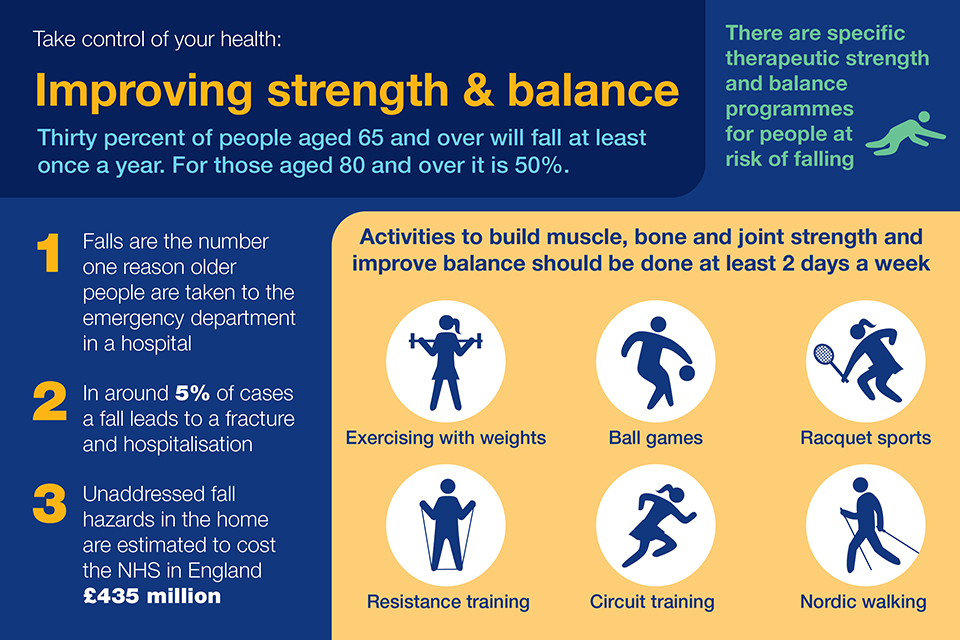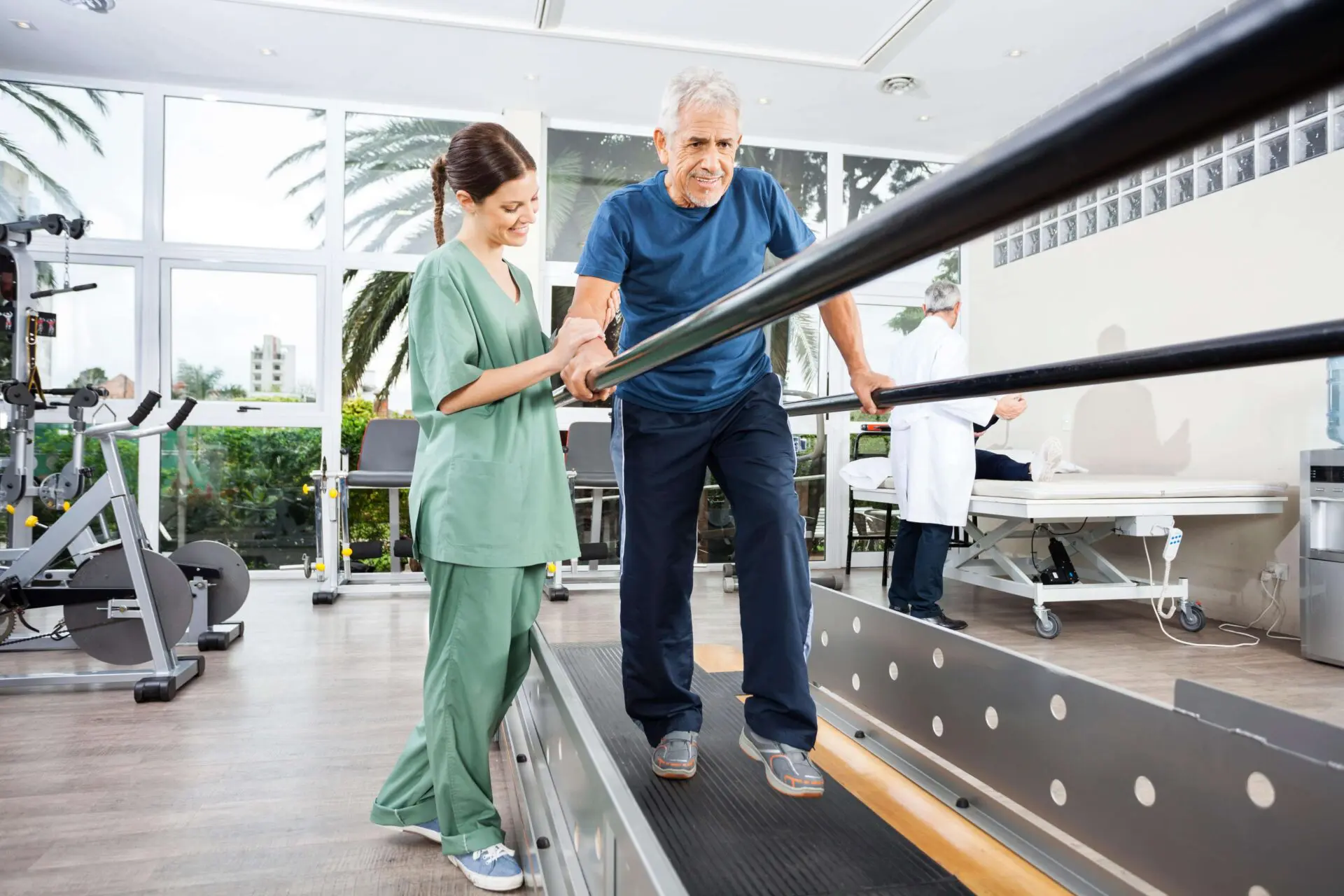The Main Principles Of Dementia Fall Risk
What Does Dementia Fall Risk Mean?
Table of ContentsDementia Fall Risk - QuestionsThe Ultimate Guide To Dementia Fall RiskThe Single Strategy To Use For Dementia Fall RiskExcitement About Dementia Fall Risk
A loss threat assessment checks to see just how likely it is that you will drop. It is mostly provided for older adults. The analysis normally includes: This includes a collection of concerns concerning your overall health and wellness and if you've had previous drops or problems with balance, standing, and/or strolling. These devices examine your strength, balance, and stride (the way you walk).Interventions are referrals that may minimize your risk of falling. STEADI consists of 3 actions: you for your risk of dropping for your threat variables that can be improved to try to avoid drops (for instance, balance problems, damaged vision) to reduce your danger of dropping by making use of reliable methods (for example, supplying education and learning and sources), you may be asked several questions consisting of: Have you fallen in the past year? Are you fretted about dropping?
After that you'll take a seat again. Your supplier will certainly examine the length of time it takes you to do this. If it takes you 12 seconds or more, it might suggest you are at higher threat for a loss. This examination checks strength and balance. You'll sit in a chair with your arms crossed over your chest.
The positions will get harder as you go. Stand with your feet side-by-side. Relocate one foot halfway forward, so the instep is touching the large toe of your various other foot. Move one foot completely before the other, so the toes are touching the heel of your other foot.
Not known Factual Statements About Dementia Fall Risk
The majority of drops happen as an outcome of numerous adding aspects; consequently, managing the threat of falling begins with identifying the elements that add to fall danger - Dementia Fall Risk. Some of one of the most relevant danger variables include: History of prior fallsChronic clinical conditionsAcute illnessImpaired gait and equilibrium, reduced extremity weaknessCognitive impairmentChanges in visionCertain high-risk medications and polypharmacyEnvironmental factors can also enhance the threat for drops, including: Insufficient lightingUneven or harmed flooringWet or unsafe floorsMissing or damaged hand rails and grab barsDamaged or improperly equipped devices, such as beds, mobility devices, or walkersImproper usage of assistive devicesInadequate supervision of individuals staying in the NF, including those who display aggressive behaviorsA successful autumn risk management program requires a detailed medical analysis, with input from all participants of the interdisciplinary group

The care plan must also include interventions that are system-based, such as those that promote a safe atmosphere (proper illumination, hand rails, grab bars, etc). The performance of the treatments need to be examined occasionally, and the treatment strategy modified as necessary to reflect adjustments in the loss threat assessment. Executing a loss risk management system using evidence-based best technique can reduce the frequency of drops in the NF, while restricting the possibility for fall-related injuries.
What Does Dementia Fall Risk Do?
The AGS/BGS standard suggests screening all grownups aged 65 years and older for loss danger yearly. This screening contains asking clients whether they have actually fallen 2 or even more times in the past year or looked for clinical interest for an autumn, or, if they have not fallen, whether they feel additional reading unsteady when strolling.
Individuals who have actually fallen when without injury ought to have their equilibrium and gait assessed; those with gait or balance problems ought to obtain extra assessment. A history of 1 loss without injury and without gait or equilibrium problems does not require more evaluation past ongoing yearly fall threat screening. Dementia Fall Risk. An autumn danger analysis is required as component of the Welcome to Medicare exam

What Does Dementia Fall Risk Do?
Recording a drops history is among the high quality signs for autumn prevention and monitoring. An essential part of risk evaluation is a medication evaluation. Several courses of medicines enhance autumn risk (Table 2). copyright medicines particularly are independent predictors of falls. These medications often tend to be sedating, modify the sensorium, and hinder balance and gait.
Postural hypotension can often be reduced by minimizing the dosage of blood pressurelowering drugs and/or quiting drugs that have orthostatic hypotension as an adverse effects. Use above-the-knee support hose pipe and copulating the head of the bed raised may likewise minimize postural reductions in high blood pressure. The recommended components of a fall-focused checkup are displayed in Box 1.

A pull time more than or equal to 12 secs suggests high autumn risk. The 30-Second Chair Stand test analyzes lower extremity toughness and balance. Being incapable to stand from a chair of knee height without utilizing one's arms indicates boosted loss risk. The 4-Stage Balance test analyzes static equilibrium by having the client stand in see it here 4 settings, each next page progressively extra difficult.